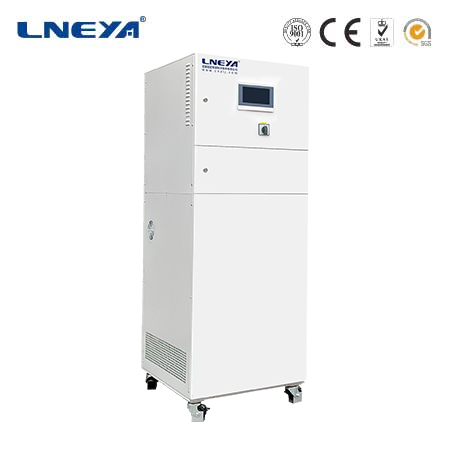cooling circuits
Cooling Circuits: Principles, Design, and Applications
Cooling circuits play a vital role in maintaining optimal temperatures in a wide range of applications, from industrial processes to high-performance electronics. These systems are designed to dissipate heat effectively, ensuring the reliability and longevity of equipment. This article delves into the principles, design, and control strategies of cooling circuits, as well as their applications in various fields.

Principles of Cooling Circuits
Cooling circuits operate on the basic principles of heat transfer, which include conduction, convection, and radiation. They can be classified into open and closed circuits, each with its own set of advantages and limitations.
Open Circuit Evaporative Cooling: This method involves the forced evaporation of a small amount of water to lower the temperature of the main water mass. Cooling towers exploit this principle, making them the most widely employed cooling system in civil and industrial applications.
Closed Circuit Evaporative Cooling: Similar to open circuits, closed circuits use the evaporation of water to dissipate heat. However, the process fluid to be cooled circulates in a closed loop, minimizing water loss and contamination.

Evaporative Condensers: These are a type of refrigerant condenser that uses the same principle as cooling towers to dissipate heat. The refrigerant to be condensed enters the coil, and the evaporation of a fraction of the recirculating water removes heat from the coil’s exchange surface.
Adiabatic Cooling: This thermodynamic phenomenon involves decreasing air temperature through humidification. Adiabatic saturation temperature can be much lower than dry air temperature, depending on the humidification system’s efficiency.
Design and Control Strategies
The design of cooling circuits involves selecting the appropriate type of cooling tower, heat exchanger, and control systems to achieve the desired temperature control. Control strategies often involve feedback mechanisms that adjust the operation of the cooling circuit based on the temperature difference between the set point and the actual temperature.
Electronic Cooling: The use of phase change materials (PCMs) and nano/PCMs has been shown to significantly increase the usage time of electronic systems. These materials can store and release heat, providing passive cooling and extending the time before active cooling is required.

Fuel Cell Thermal Management: A new cooling circuit and its control strategies for the thermal management of PEMFC in rapid startup applications have been studied. The use of an alternate flow in the stack to shorten the cooling circuit and keep the heated coolant close to the stack has been patented and experimentally analyzed.
Applications of Cooling Circuits
Cooling circuits find applications in various industries, including:
Industrial Process Cooling: Cooling circuits are used to maintain optimal temperatures in industrial processes, preventing overheating and ensuring efficient operation.
Electronic Devices: In electronics, cooling circuits are crucial for managing the heat generated by components, preventing thermal throttling and extending device life.
Fuel Cells: Cooling circuits are essential in fuel cell systems to maintain uniform temperature distribution and prevent hotspots, which can degrade performance.
Conclusion
Cooling circuits are indispensable in managing heat in a variety of applications. Understanding their principles, designing effective systems, and implementing appropriate control strategies are crucial for achieving efficient thermal management. As technology advances, the development of new materials and techniques, such as the use of PCMs in electronics and innovative cooling circuits for fuel cells, will continue to enhance the performance and efficiency of cooling systems.
Related recommendations
heater control system
380IntroductionIn modern heating applications, from industrial processes to residential heating systems, heater control systems play a pivotal role. They are designed to regulate the temperature out...
View detailsthermic fluid
179Introduction to Thermic FluidA thermic fluid, also known as a heat - transfer fluid, is a substance used to transfer thermal energy from a heat source to a point of use or vice versa in heat - tr...
View detailsthermal oil heaters
272Introduction In the industrial sector, the need for efficient and reliable heat - transfer solutions is paramount. Thermal oil heaters have emerged as a crucial technology, providing a means to...
View detailssmall chiller price
520Small Water-Cooled Chiller Systems: Efficiency and Cost Small water-cooled chiller systems are engineered to provide efficient cooling for a variety of applications, particularly where space is...
View details
 LNEYA Thermal Test Chillers
LNEYA Thermal Test Chillers






HelloPlease log in